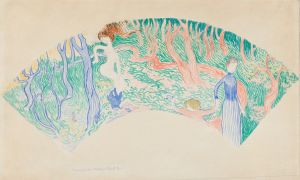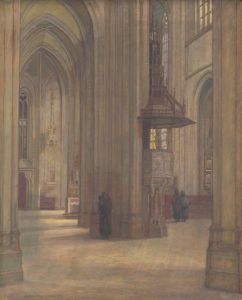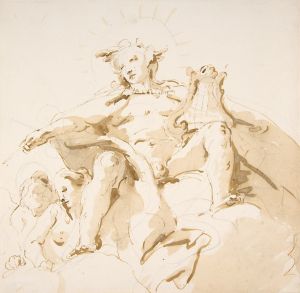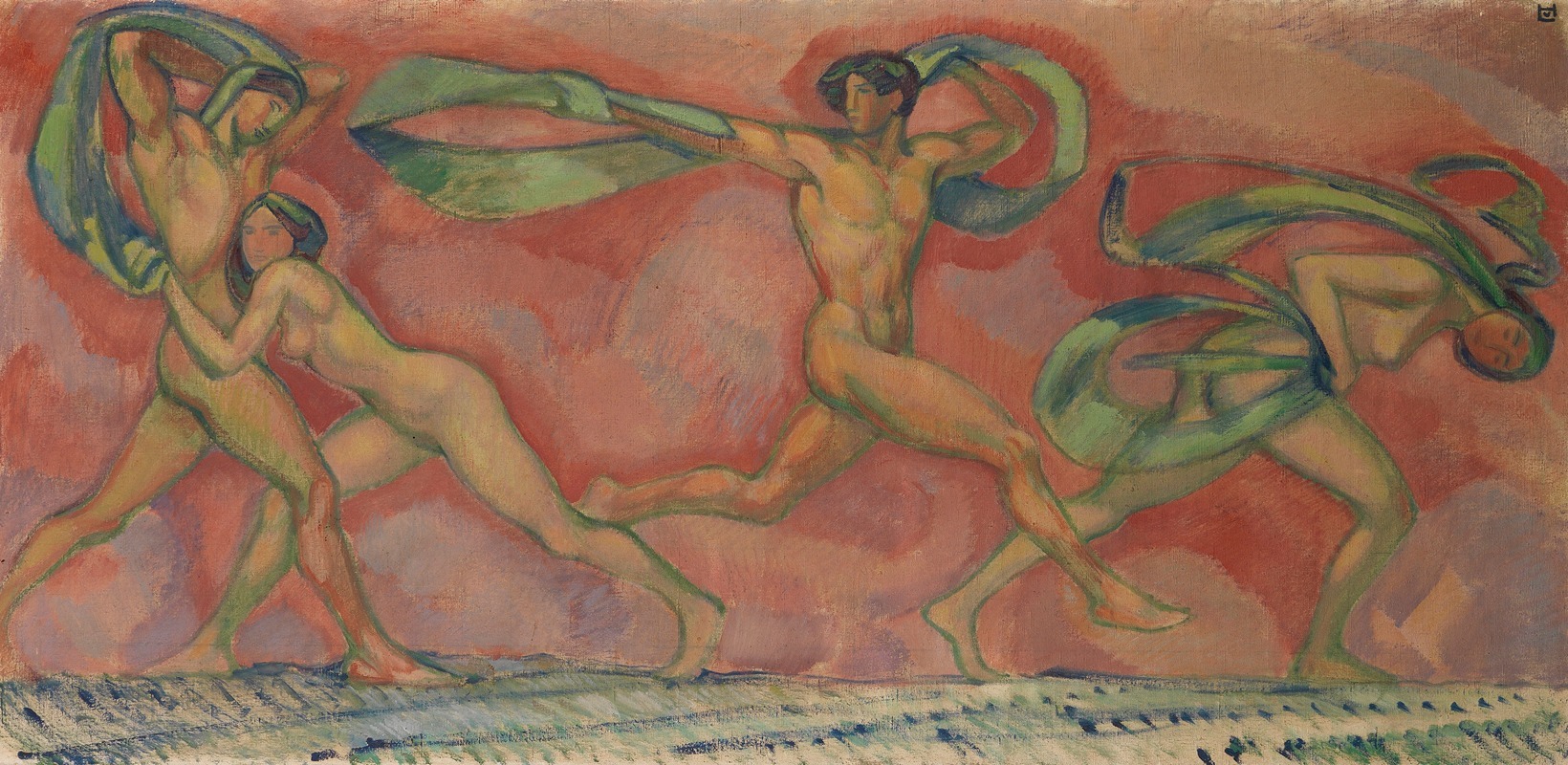
Tanzfries
A hand-painted replica of Ludwig von Hofmann’s masterpiece Tanzfries, meticulously crafted by professional artists to capture the true essence of the original. Each piece is created with museum-quality canvas and rare mineral pigments, carefully painted by experienced artists with delicate brushstrokes and rich, layered colors to perfectly recreate the texture of the original artwork. Unlike machine-printed reproductions, this hand-painted version brings the painting to life, infused with the artist’s emotions and skill in every stroke. Whether for personal collection or home decoration, it instantly elevates the artistic atmosphere of any space.
Ludwig von Hofmann was a prominent German painter and graphic artist associated with the Jugendstil movement, which is the German counterpart of Art Nouveau. His works often reflect themes of beauty, youth, and nature, and he was known for his ability to blend classical and modern elements in his art. One of his notable works is the "Tanzfries," a series of paintings that exemplify his style and thematic focus.
"Tanzfries," which translates to "Dance Frieze," was created during a period when Hofmann was deeply engaged with the exploration of movement and the human form. This series is characterized by its depiction of figures in dynamic poses, capturing the essence of dance and the fluidity of motion. Hofmann's use of color and form in "Tanzfries" reflects his interest in the harmony between humans and nature, a recurring theme in his oeuvre.
The "Tanzfries" series was created in the early 20th century, a time when Hofmann was gaining recognition for his contributions to the Jugendstil movement. This movement was marked by its emphasis on organic forms, intricate linear designs, and the integration of fine arts with applied arts. Hofmann's work, including "Tanzfries," often features these elements, showcasing his ability to create compositions that are both aesthetically pleasing and thematically rich.
Hofmann's "Tanzfries" is notable for its portrayal of figures that seem to be in perpetual motion, a testament to his skill in capturing the dynamism of dance. The figures are often depicted in natural settings, surrounded by lush landscapes that enhance the sense of harmony and balance. This integration of figures and nature is a hallmark of Hofmann's style, reflecting his belief in the interconnectedness of all living things.
The influence of classical art is evident in "Tanzfries," as Hofmann often drew inspiration from ancient Greek and Roman art. This is seen in the idealized forms of the figures and the rhythmic composition of the series. However, Hofmann's modern sensibilities are also apparent, as he incorporates elements of symbolism and abstraction, which were emerging trends in the art world at the time.
Ludwig von Hofmann's work, including "Tanzfries," has been exhibited in various galleries and museums, contributing to his reputation as a leading figure in the Jugendstil movement. His ability to blend classical themes with modern techniques has earned him a lasting place in the history of art. "Tanzfries" remains a significant example of his artistic vision, capturing the beauty and vitality of the human form in motion.
In summary, "Tanzfries" by Ludwig von Hofmann is a series that exemplifies the artist's mastery of form, color, and composition. It reflects his fascination with dance and movement, as well as his commitment to exploring the relationship between humans and nature. Through this work, Hofmann has left an indelible mark on the art world, showcasing the enduring appeal of the Jugendstil movement.





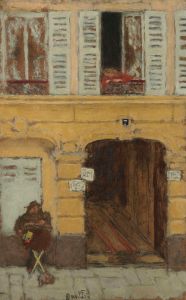
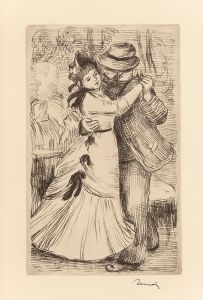
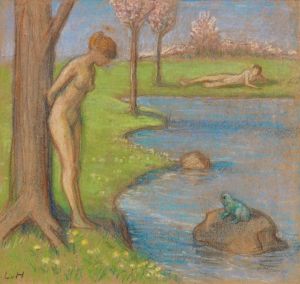
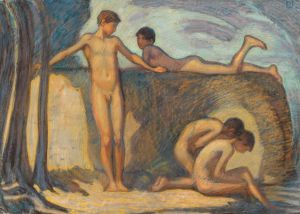

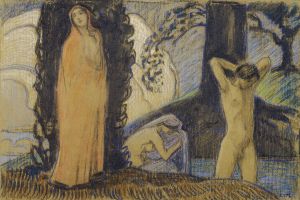
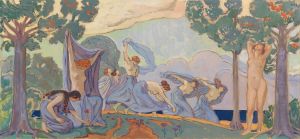

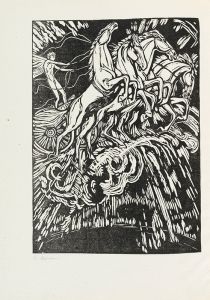
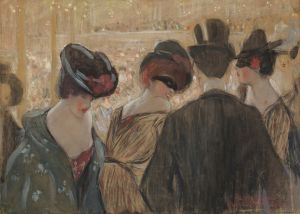
![[Design for mural in unidentified bar or restaurant.] [Study for mural]](/imgs/249261/s/winold-reiss-design-for-mural-in-unidentified-bar-or-restaurant-study-for-mural-93fd9e8e.jpg)
